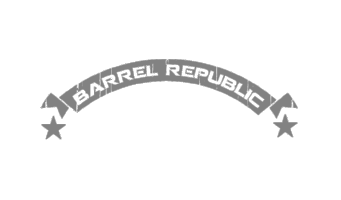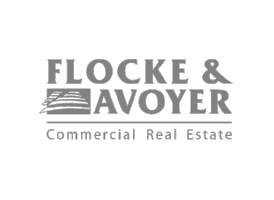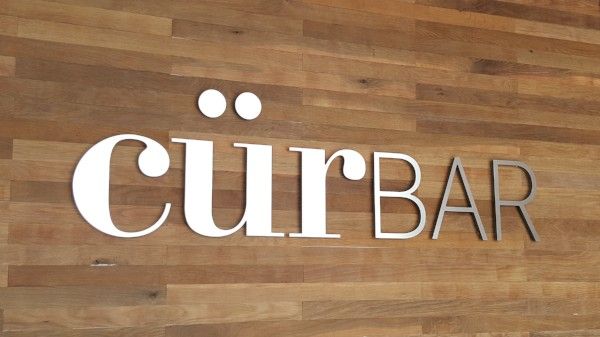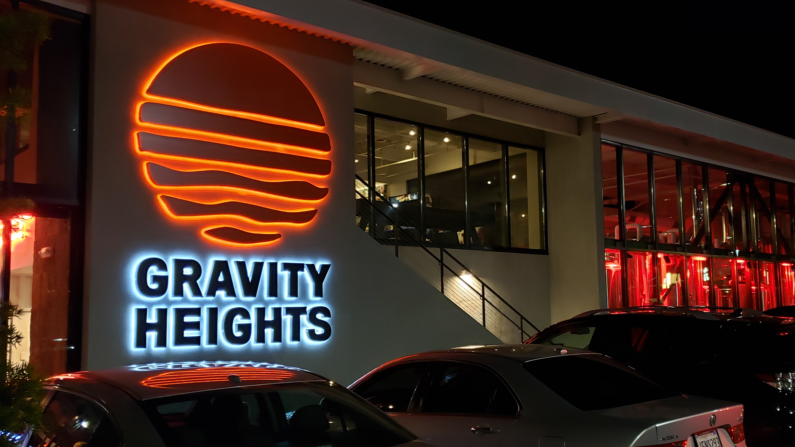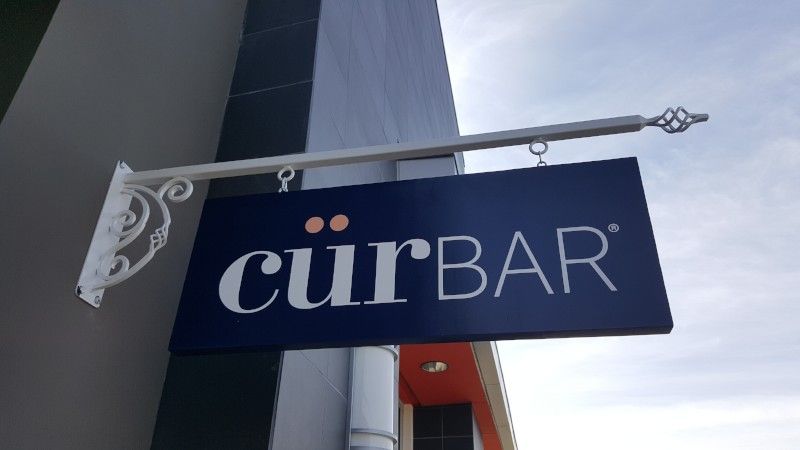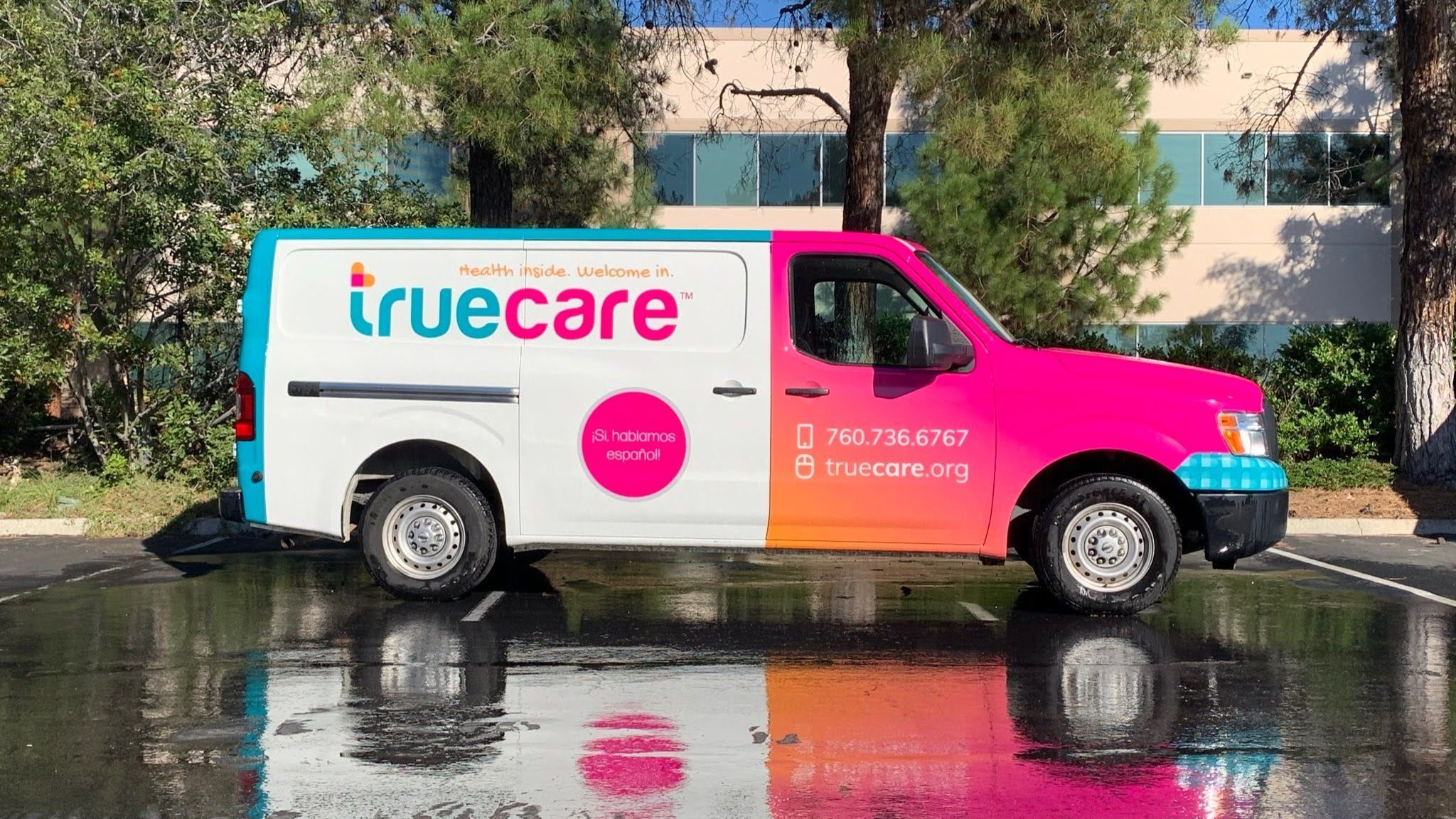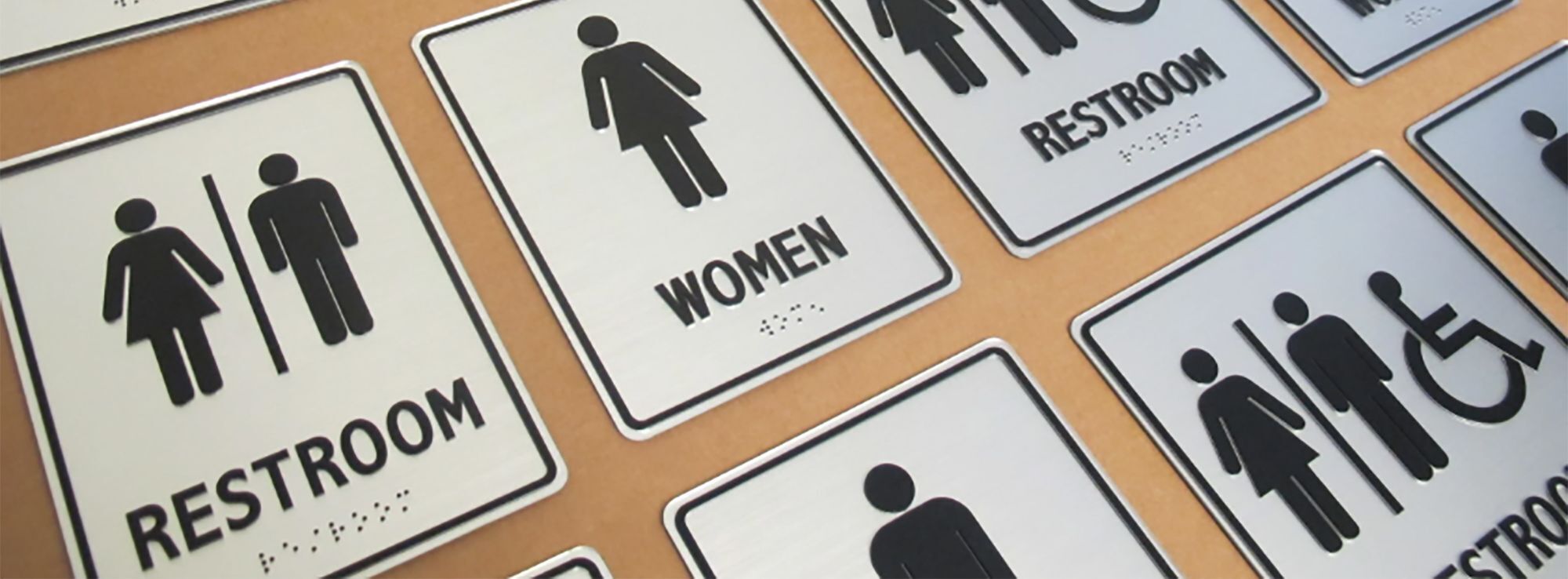
ADA Signs
If you have an open-to-the-public business, have workers, or have some form of shared-building access, then you are legally required to have ADA-ready signage. These signs provide individuals who are visually impaired and others who are disabled to safely and confidently navigate through your facility. They are mandatory, and you are required to have them under the Americans with Disabilities Act.
Non-compliance can be expensive. Fines for missing or inaccurate ADA signs can be measured in the thousands. In some instances, corporations have been sued due to room signage not being mounted at the appropriate level or due to missing Braille. And that’s only the legal risk. There is also the customer experience if somebody cannot locate a restroom due to missing or unreadable signage, or cannot find a conference room for the same reasons, that is an issue.
The ADA signs are all about accessibility, safety, and doing what’s right for all your visitors or customers coming through your door. That’s why you should understand these most typical types.
Braille Signs
These are elevated braille dots that conform to Grade 2 guidelines, which are what are used for all ADA signs. These are used on room identification signs, exit signs, restrooms, and other fixed locations.
The thing about Braille that really matters is how well and where it is positioned. It will be useless for the people for whom it is produced and will also fail inspection if positioned too low, is illegible, or uses an inappropriate typeface. We verify that your Braille is positioned well, the correct size, and tough.
Tactile Signs
These are signs with raised letters or pictograms that can be read by touch. Every letter has to be uppercase, non-serif, and sized just right for readability.
They are used on office doors, elevators, and even exits. Tactile signs provide individuals vital information using their hands rather than their eyes, and they must be placed at an unchanged height and location throughout your facility.
Wayfinding Signs
These help people get around. Hallways, lobbies, stairs, and multi-tenant buildings are anywhere someone might need to figure out where they are and where they’re going.
Wayfinding signs that meet ADA standards use high-contrast text, simple layouts, and, in some cases, tactile elements. Some wayfinding signs also include Braille, depending on how they’re used. We’ll help you design a cohesive setup that makes sense.
Room Identification Signs
Every permanent room in your building needs an ID sign that’s ADA-compliant. That means anything like a conference room, supply closet, classroom, or exam room.
These signs include tactile lettering, Braille, and proper mounting placement. We’ll help you plan it out so every room is clearly labeled and installed the right way, without overcomplicating anything.
Informational Signs
These include things like “Employees Only,” “No Smoking,” or “Use Other Door.” Not every informational sign needs Braille or raised text, but they still need to be clear, easy to read, and compliant with ADA rules on contrast, font, and finish. If you’re not sure which signs require what, we can help.



